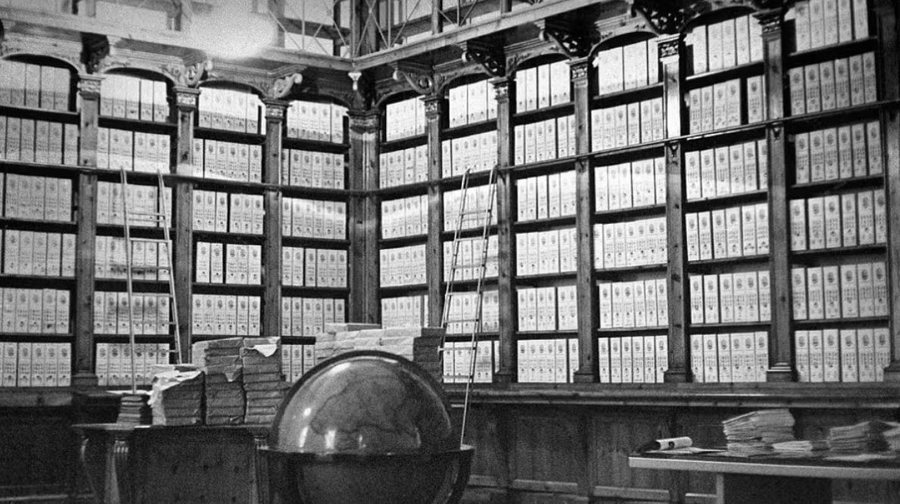
The Vatican Secret Archives, founded by Paul V around 1610, were initially no more secret than any other noble chancery. In the Italian of the time, "Segreto" meant private. On 22 October 2019, Pope Francis issued an apostolic letter changing the name of the Vatican Secret Archives (Archivum Secretum Vaticanum) to the Vatican Apostolic Archives, precisely to avoid misunderstandings about the term secret.
In Latin, secretum means special or private, and apostolicum means belonging to the domnus apostolicus, that is, the pope. Therefore, the change of name has not changed the nature of the archive, which is not open to the public, but only to scholars and researchers, even if some parts of the archive continue to be reserved only for the Pope and his closest associates.
A treasure chest of priceless value
The archives contain documents from the Secretariat of State and papal registers from the Chancellery, documents from the Holy Rota and from congregations, councils and nunciatures. Among the treasures of the archive are 80 parchments relating to the Templar trial of 1308-1310, the Summary of the trial against Giordano Bruno (1597) and an extract of the proceedings of the trial of Galileo Galilei (the full proceedings have been lost). But also papal letters and reports from conclaves, in sealed envelopes that "cannot be opened by anyone unless the Supreme Pontiff has expressly permitted it".
Where is it located?
Initially, the documents of the archive were kept in the Lateran Palace, which until 1309 was the official residence of the Pope. From the 11th century onwards, the documents were kept separately in two other places: St. Peter's Basilica and the Palatine Palace. Many of the documents disappeared between 1309 and 1377, when the popes moved to Avignon. During the 14th century, part of the archive was destroyed, also by Pope Innocent VII and his successor, Pope Gregory XII. It was not until 1784, after centuries of disorder, that Pope Paul V ordered all the remaining documents to be reunited in the Vatican Archives. Since 1991, the archive's storage rooms have been located in an underground building in the courtyard of the Pigna, 20 meters deep, and consist of 80 km of shelves.
Who can enter?
The only one who decided to open the archives was the Pope. The first to do so was Leo XIII, in 1880, who made some parts accessible up to 1815. Since 2006, most of the documents of all pontificates up to Pius XI (1922-1939) have been accessible.
Today, university scholars and researchers with a master's degree have the right to free access to the archives, for a maximum of 60 academics per day.
(A2 Televizion)











